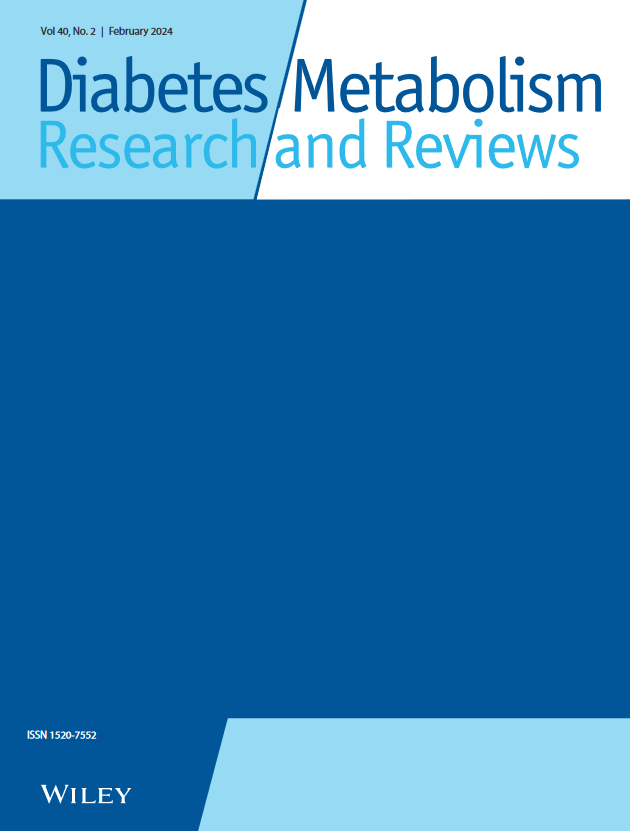Kidney Outcomes With Glucagon-Like Peptide-1 Receptor Agonists Versus Other Glucose-Lowering Agents in People With Type 2 Diabetes: A Systematic Review and Meta-Analysis of Real-World Data
Abstract
Aims
Randomized placebo-controlled clinical trials showed that glucagon-like peptide-1 receptor agonists (GLP-1 RA) reduce kidney risk in patients with type 2 diabetes (T2D), prominently in those with chronic kidney disease. It is unclear whether these findings may apply to broader populations of patients with T2D treated in real-world settings and compared to active controls. We summarised real-world data of adverse kidney outcomes among patients with T2D initiating GLP-1 RA versus other glucose-lowering agents.
Materials and Methods
We searched PubMed and Embase for observational cohort studies (April 2005–January 2025; PROSPERO CRD42023405356). Initiators of GLP-1 RA were compared to sodium-glucose cotransporter-2 inhibitors (SGLT2i), dipeptidyl-peptidase 4 inhibitors (DPP4i), sulfonylureas, or basal insulin. Outcomes included risks of albuminuria progression, ≥ 40 or ≥ 50% eGFR reduction from baseline, acute kidney injury (AKI), kidney-related hospitalizations, and end-stage kidney disease (ESKD), per data availability. We synthesised the data using inverse variance-weighted averages of logarithmic hazard ratios (HR)s in random-effect models.
Results
Thirty-one studies were eligible, encompassing 1,601,389 patients (mean age 49–78 years, 5%–64% women), with 21, 6, 5, and 1 of them using SGLT2i, DPP4i, basal insulin, and sulfonylureas as a comparator, respectively. Compared with SGLT2i, GLP-1 RA initiators had higher risks for AKI (HR [95% CI] 1.12 [1.05–1.20]), kidney-related hospitalizations (1.66 [1.01–2.73]), and ≥ 40% reduction in eGFR (1.40 [1.27–1.53]), without evidence for differences in risks of ≥ 50% eGFR reduction or ESKD. Compared to DPP4i, GLP-1 RA initiators had lower risks for experiencing ≥ 50% eGFR reduction (0.84 [0.76–0.92]), kidney-related hospitalizations (0.73 [0.65–0.83]), and ESKD (0.70 [0.63–0.78]). Similar benefits were observed when comparing GLP-1 RA to sulfonylureas. Compared to basal insulin, GLP-1 RA initiation was associated with a lower risk of albuminuria progression (0.89 [0.80–0.99]), with inconsistent data regarding possible benefits in reducing ESKD risk.
Conclusions
In patients with T2D, initiation of GLP-1 RA in real-world settings may be associated with improved kidney outcomes compared to DPP4i, sulfonylureas, and basal insulin, and worse kidney outcomes compared to SGLT2i.


 求助内容:
求助内容: 应助结果提醒方式:
应助结果提醒方式:


